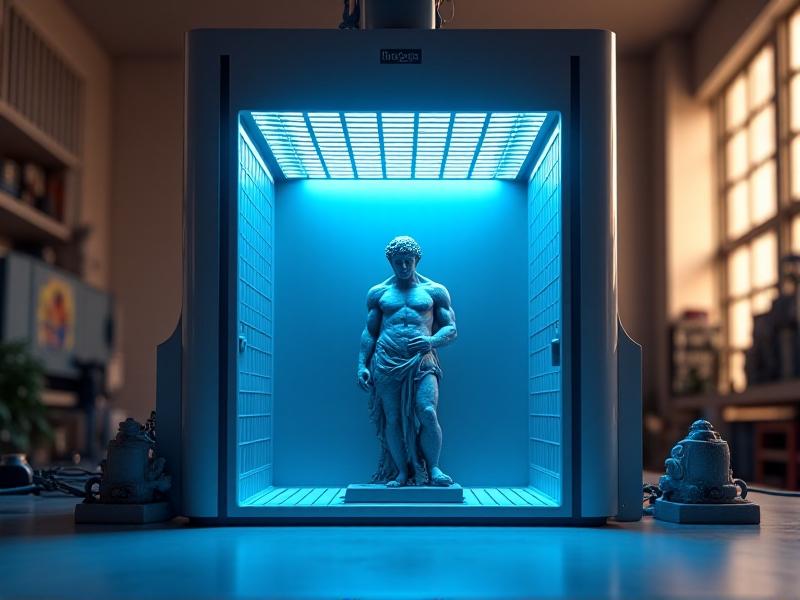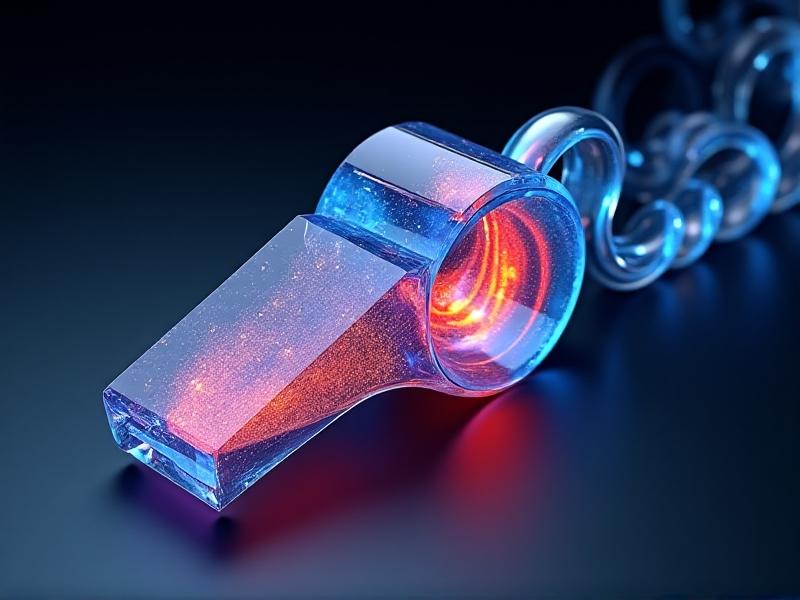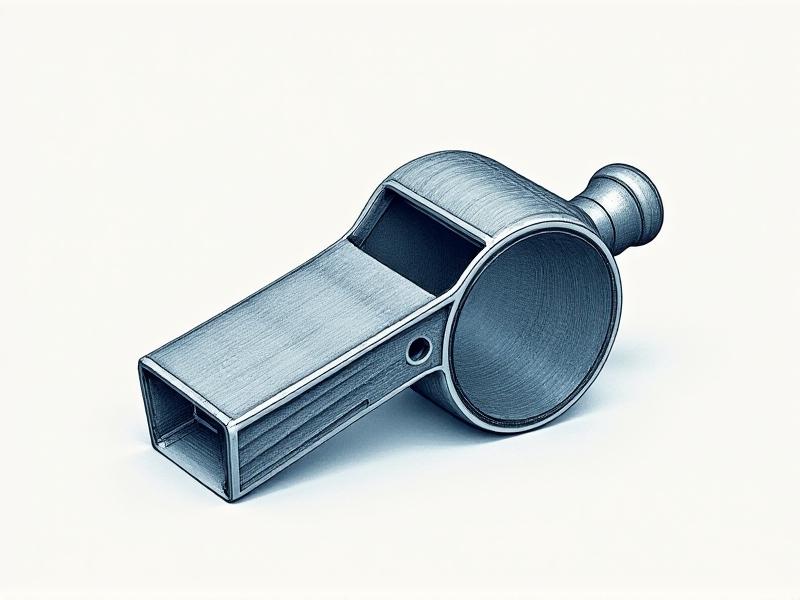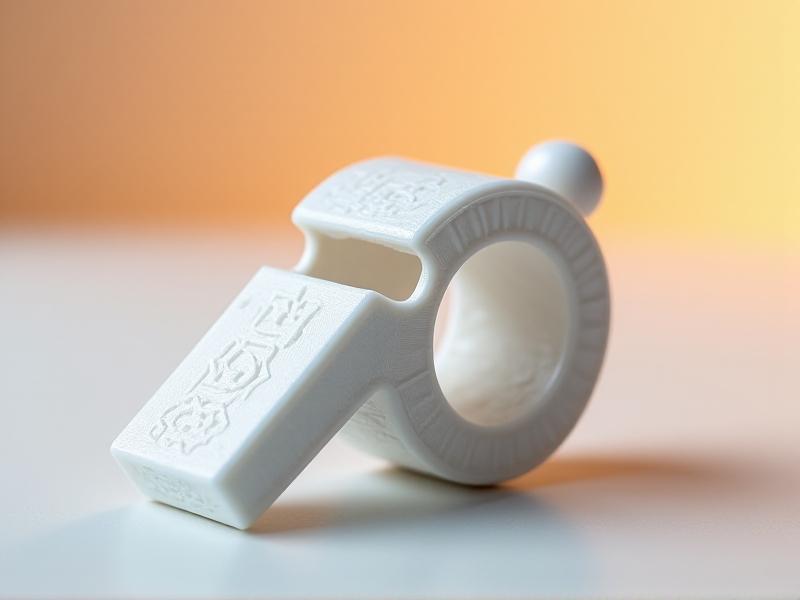Acoustic Signature Analysis for Whistle Authentication
Introduction to Acoustic Signature Analysis
Acoustic signature analysis is a sophisticated technique used to identify and authenticate unique sound patterns, such as those produced by whistles. This method leverages the distinct characteristics of sound waves, including frequency, amplitude, and waveform, to create a digital fingerprint for each whistle. By analyzing these acoustic signatures, it becomes possible to verify the authenticity of a whistle with a high degree of accuracy. This technology has applications in various fields, from security systems to wildlife monitoring, making it a versatile and valuable tool.

The Science Behind Whistle Acoustics
Whistles produce sound through the vibration of air within a confined space, creating specific frequencies and harmonics. The shape, material, and size of the whistle influence these acoustic properties, resulting in a unique sound profile. Acoustic signature analysis captures these nuances by recording the sound and breaking it down into its fundamental components. Advanced algorithms then process this data to identify patterns and anomalies, enabling precise authentication. Understanding the science behind whistle acoustics is crucial for developing reliable and effective analysis systems.
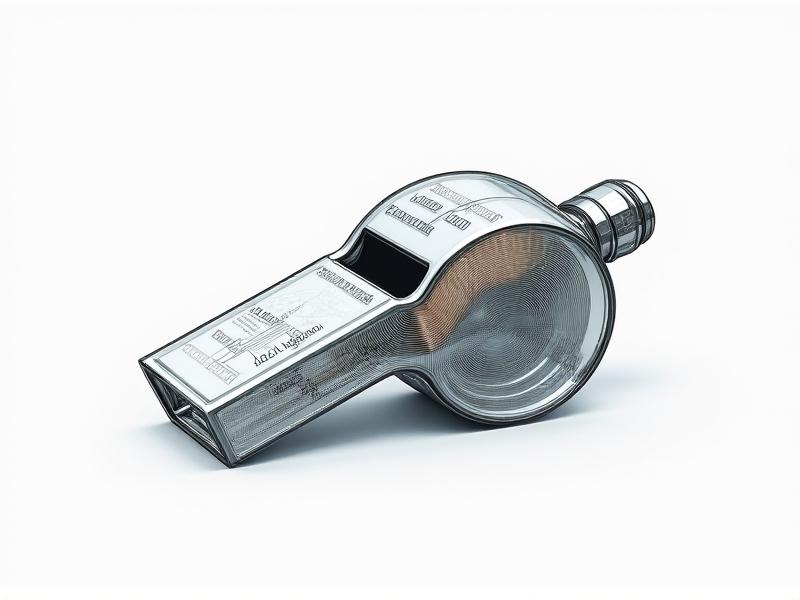
Applications in Security and Authentication
One of the most significant applications of acoustic signature analysis is in security and authentication systems. Whistles can be used as personal identification devices, where their unique sound patterns serve as a biometric marker. For instance, in high-security environments, authorized personnel can use a specific whistle to gain access, with the system verifying the acoustic signature in real-time. This method offers a non-intrusive and highly secure alternative to traditional authentication methods like passwords or keycards, reducing the risk of unauthorized access.
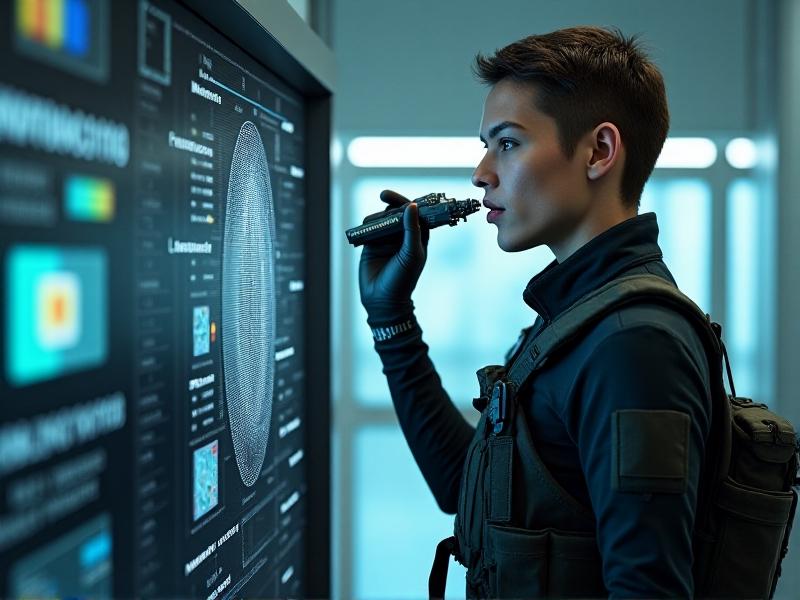
Challenges and Limitations
Despite its potential, acoustic signature analysis for whistle authentication faces several challenges. Environmental factors such as background noise, temperature, and humidity can affect the accuracy of the analysis. Additionally, the wear and tear of a whistle over time may alter its acoustic properties, leading to false negatives. To address these issues, researchers are developing robust algorithms that can filter out noise and adapt to changes in the whistle's condition. Continuous advancements in technology are essential to overcome these limitations and enhance the reliability of the system.
Future Prospects and Innovations
The future of acoustic signature analysis for whistle authentication looks promising, with ongoing research and innovation driving the field forward. Emerging technologies such as machine learning and artificial intelligence are being integrated to improve the accuracy and efficiency of the analysis. Furthermore, the development of portable and user-friendly devices is expanding the accessibility of this technology. As these advancements continue, we can expect to see broader applications in areas such as personal security, wildlife conservation, and even entertainment, where unique whistle sounds could be used for interactive experiences.
Case Studies: Real-World Implementations
Several real-world implementations of acoustic signature analysis for whistle authentication have demonstrated its effectiveness. For example, in wildlife conservation, researchers use this technology to track and identify individual animals based on their unique whistle calls. In the security sector, companies have developed whistle-based access control systems that are both secure and convenient. These case studies highlight the practical benefits and versatility of the technology, providing valuable insights for future applications. By examining these examples, we can better understand the potential and challenges of implementing acoustic signature analysis in various contexts.
Conclusion
Acoustic signature analysis for whistle authentication is a powerful and versatile technology with a wide range of applications. By leveraging the unique sound patterns of whistles, this method offers a secure and non-intrusive solution for authentication and identification. Despite the challenges, ongoing advancements in technology are addressing these issues and expanding the potential of the field. As we continue to explore and innovate, acoustic signature analysis is poised to play an increasingly important role in various industries, from security to conservation, shaping the future of sound-based authentication.



